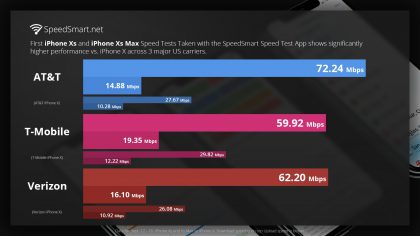Horace Dediu, Asymco:
I think Lisa Jackson’s presentation at the September 2018 iPhone launch event was perhaps the most interesting and most profound.
Lisa Jackson is Apple’s Vice President Environment, Policy and Social Initiatives. Here’s a link to her Apple Leadership page.
At the Apple Event, Lisa laid out three things Apple will have to do to “eliminate the need to mine new materials from the Earth”.
- Sourcing recycled or renewable materials for all products.
- Ensure that Apple products last as long as possible.
- After a long life of use, ensure that they are recycled properly.
This second point is the focus of Apple’s strategy shift, and of Horace’s excellent article.
More from the article:
One premise of investing in durable goods hardware companies is that value depends on frequency of upgrades. If products are not replaced frequently they do not generate revenues and the company selling them ends up growing very slowly if at all.
And this is the core of the matter. Apple cannot continue to grow their device sales forever. The market saturates, and the only way to succeed in a saturated market is via planned obsolescent. In other words, they’d have to purposely build phones designed to last for a very limited time.
Yet, Apple seems focused on doing the opposite. They are releasing iOS 12 today, and have worked hard to make sure this latest OS runs on older phones, as far back as 2013’s iPhone 5s.
Why would Apple do this? Here’s why:
Fundamentally, Apple is betting on having customers not selling them products.
And:
An iPhone at $1200 may be less expensive than an iPhone at $600 if the $1200 version lasts twice as long as is used twice as much each day. The $1200 phone delivers 4x the utility at twice the price, making it half the price. By making more durable products, both in terms of hardware and software, the customer base is satisfied and preserved.
And if Apple can keep its base satisfied, they can continue to grow the services part of their business. And that’s key.
Terrific, insightful piece by Horace Dediu, read the whole thing.

